.
Stars Voluble
Profound and lightless silent night
_Lay still with curtains closed.
Into unspeaking dark the Word
Descended from his regal throne
And rose from Israel below,
_A supernova blaze
Encircling music of the spheres.
The stars were called to add their light:
_Clear voices interposed,
“We’re present! Instantly we heard
And instantaneously shone
For Him who made us to bestow
_Symphonic metaphrase
Of joy on shepherds and on seers.
“Distinguished by our glorious height
_And number undisclosed
And order heavenly, we averred
Our happiness at unforeknown
Roles in an oratorio,
_Watching with steadfast gaze
The child the universe reveres.
“Though stars are not pure in his sight,
_The air where He reposed
Was filled by angels when we stirred
Our spirits toward the marvel shown
In little Bethlehem aglow
With sun and moon and cosmic praise
Enlarging ours as God appears.”
.
.
Margaret Coats lives in California. She holds a Ph.D. in English and American Literature and Language from Harvard University. She has retired from a career of teaching literature, languages, and writing that included considerable wrk in homeschooling for her own family and others.



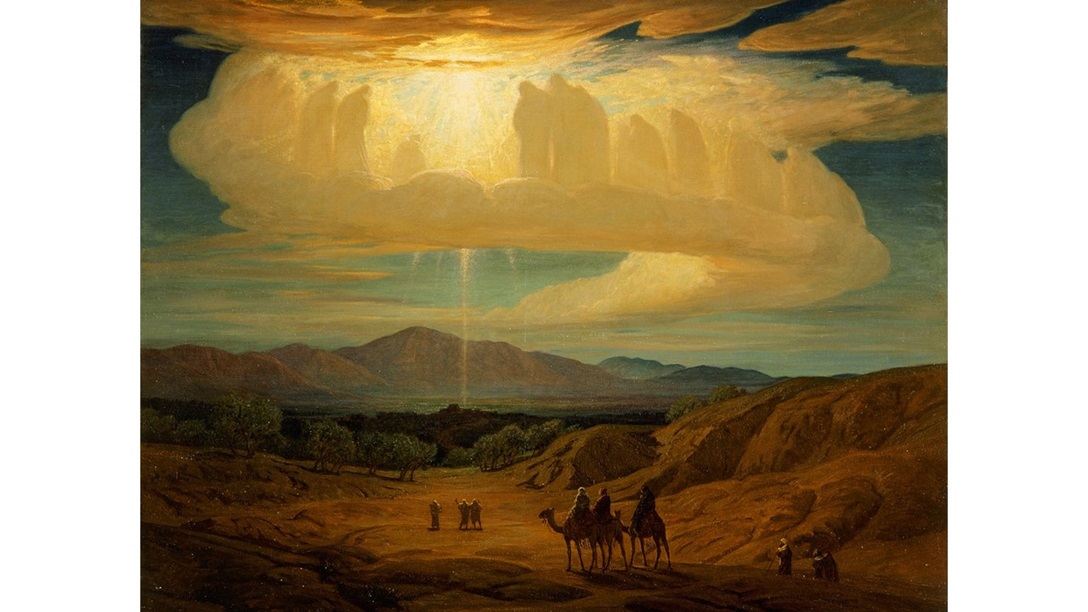
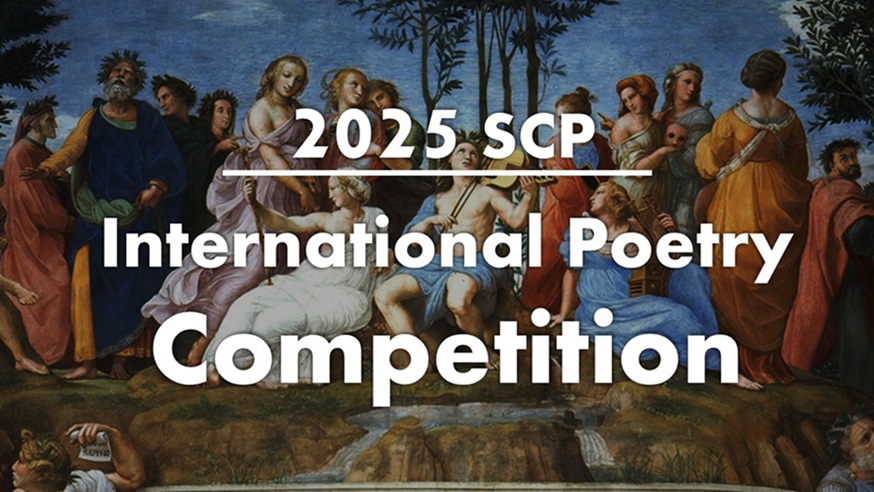
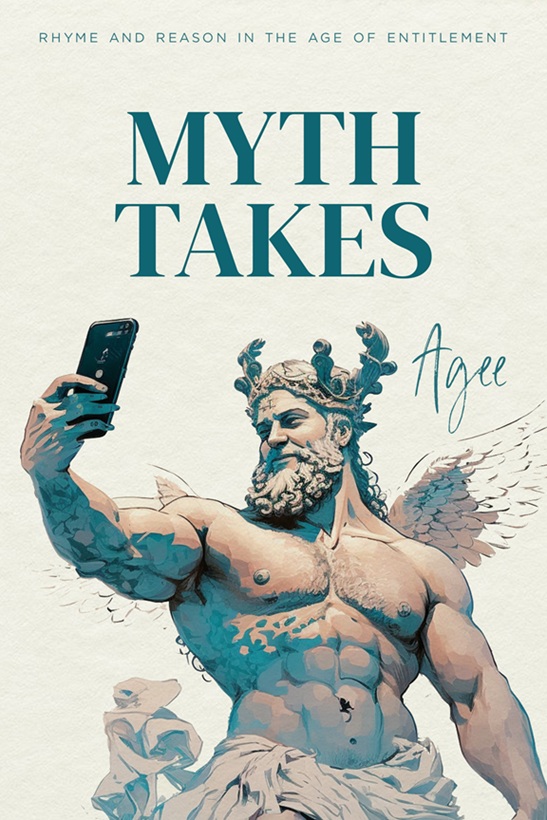


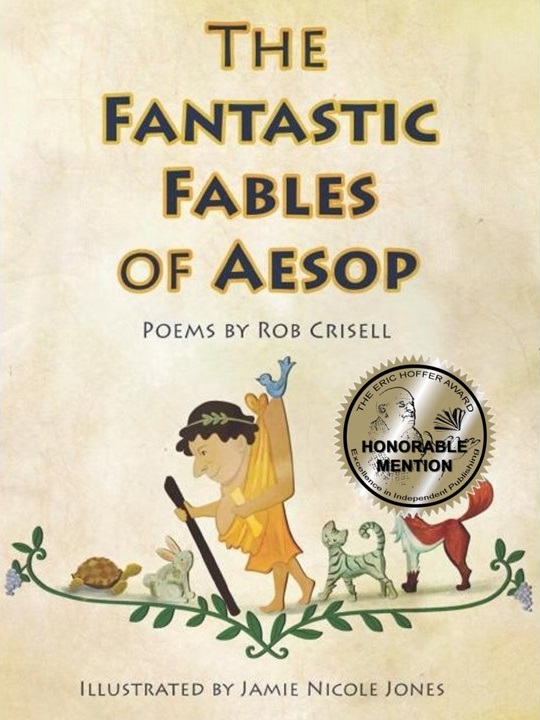
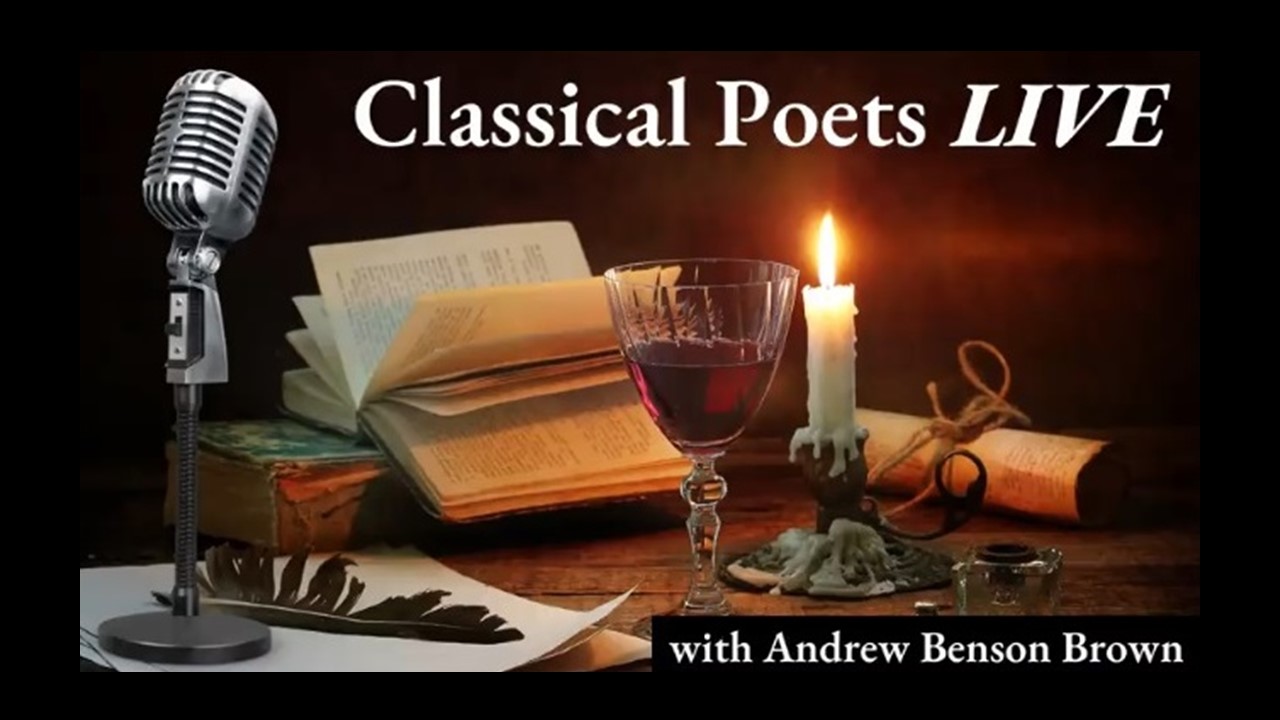

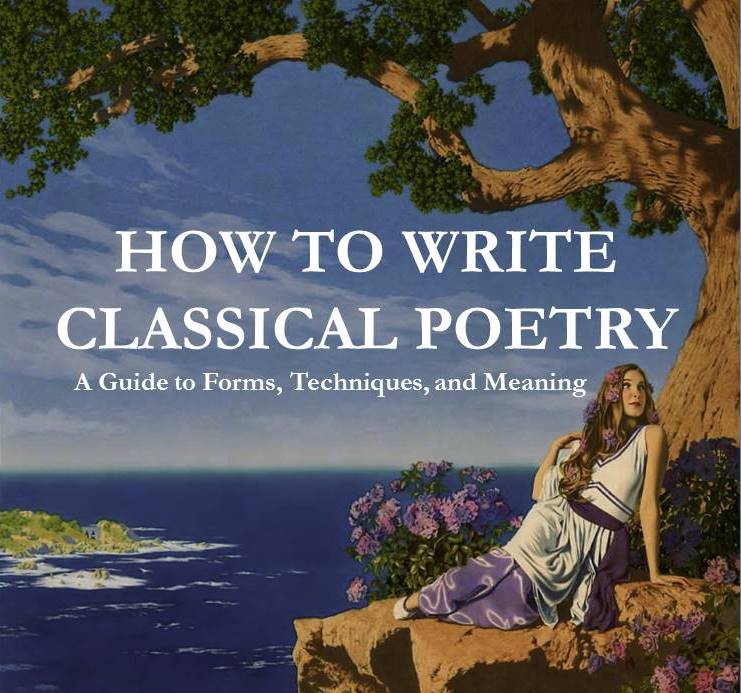




No one, but you, can summon such vivid imagery encased in brilliant words that shine as brightly as the stars and the heavenly chorus. This is an inspired poem that inspires us in the process with “cosmic praise enlarging ours as God appears!”
A profound thank you, Roy. I credit the inspiration to the source, of which I’ll quote a portion here. This is the Wisdom of Solomon 18:14-15a. “For while all things were in quiet silence, and that night was in the midst of her swift course, Thine Almighty word leaped down from heaven, out of thy royal throne.”
What a great way to start Christmas! There is so much to comment upon but I’ll single out the rhyming scheme. I don’t think I’ve ever seen a poem where each stanza perfectly matched in this way. Of course, the message and meter weren’t bad either.
Great work.
Thank you, Warren, for finding so much here. The rhyme scheme is adapted from one of my masters, Petrarch, in an unusual poem (Canzoniere 29) that partly works like a sestina with identical endwords. However, his eight stanzas have seven lines each rather than six, and the maestro allows himself a rhyme word instead of an endword where it suits him. As well, I like the rhyme scheme abcdefg for naming all the notes of the musical scale. Merry Christmas!
Just lovely Margaret and a perfect antidote to the commercial madness going on at the moment. Best wishes.
So glad you like the poem, Jeff, and my best wishes to you for the remainder of the Christmas season to be filled with celestial contemplation rather than commercial madness!
I agree with Warren that the rhyme scheme is wonderful! And I also like that, in each verse, lines 2 and 6 are one meter shorter than the others. The title is also fascinating, and clued me in (after a couple of readings) to all of the language words: “Into unspeaking dark the Word”; “clear voices”; “metaphrase” (which I had to look up); and, since music is a profound language, “music of the spheres” and “oratorio”. The device of personifying the stars by having them speak, works really well to hold the poem together.
Thanks, Cynthia, and Merry Christmas to you and yours! The personification of speaking stars actually comes from the Biblical book of Baruch, which is known as deuterocanonical and almost never appears in current copies, except those used by Catholics and Orthodox. But the King James or Authorized version did include it until Bible societies in the 19th century went for a more compact book. I’ll quote here (as I quoted the book of Wisdom for Roy Peterson above) from the King James. Here is Baruch 3:34. “The stars shined in their watches, and rejoiced: when he calleth them, they say, Here we be, and so with cheerfulness they shewed light unto him that made them.” Applying this earlier text (Baruch was scribe to the prophet Jeremiah) to the birth of God the Son at Bethlehem is my idea, of course, but it accords strangely with the verse immediately following, Baruch 3:35: “This is our God, and there shall none other be accounted of in comparison with him.”
This is beautiful Margaret. Merry Christmas and blessings to you.
Thank you, Yael, and blessings to you for Christmas and Hanukah alike. If you’ll look at replies I’ve made above to Roy Peterson and Cynthia Erlandson, you’ll see how this poem of mine incorporates Biblical material from before the time of Christ, though attested at present only in Greek and not in Hebrew. Of course it does cite the Torah too (Numbers 24:17b): “There shall come a star out of Jacob and a scepter shall rise out of Israel.” So much beautiful light given us as divine signs!
This is an extraordinary poem of remarkable beauty. I particularly enjoy its astronomical imagery to illustrate the nature of the Incarnation, and how the stars themselves pay homage in their song. You take full advantage of the palette of vocabulary (including with the title), and have some delicious phrasing (my favorite: “unforeknown / Roles in an oratorio”). Thank you for this celebration of the Nativity.
Thanks, Adam. I’m glad you enjoyed the starry celebration. As a child, I went on a school trip to a planetarium, where the Christmas night sky was shown with a supernova that didn’t seem quite impressive enough to us children. It was bigger than any other star, but . . . I am impressed by the illustration Evan has found. The figures within the huge bright cloud suggest the close association of stars and supernatural voices.
We loved it so much, we came back to it three times today to enjoy the very
profound, bold, holy references!
Merry Christmas Dr. Coates!
Thank you both for your repeated loving attention to the Great Mystery, and I wish you a continuing Merry Christmas!
Margaret, this poem is magical. I imagined some excited energy throughout the sky as the great light developed and became unavoidably present.
Merry Christmas
Thanks, Laura! Yes, light and sound explode in the first stanza, representing Our Lord’s becoming visible and audible. The rest of the cosmos follows at the speed of light, which is great, but still necessarily develops from His coming forth. Notice too the “cosmic praise” ( = cosmic rays, or high-energy particles constantly bombarding earth). Merry Third Day of Christmas!
This is truly a memorable, magical poem for Christmas, Margaret. The conceit is absolutely inspired and you manage to articulate the ineffable. Sound and communication words are used to great effect. You also use form very creatively — particularly in your clever use of non-rhymes within the stanza but of repeating each rhyme in place (a-b-c-d-e-f-g) in each subsequent stanza. One aspect of these singular rhymes is to initially suggest a randomness which is soon shown to reflect cycles and a deeper order – very much parallel to the text. As a poet, Margaret, you are often particularly attentive to numerology and I note that each stanza has seven lines — an odd number but one which traditionally reflects perfection, Creation, and which seems particularly suitable for a poem in which astronomical phenomena loom large (we also consider the days of the week and the ancients’ understanding of the number of planets.) You have put great thought and craft into this poem, Margaret, and it has paid off handsomely. It’s a stunning Christmas offering. Well done!
And I hope you had a very Merry Christmas with further hopes for a happy, healthy, prosperous New Year!
Brian, thank you for careful and comprehensive observations. The stanza form is like one of Petrarch’s, as I told Warren Bonham above, but having looked up the Petrarchan model in an annotated Italian Canzoniere, it is a “canzone unisonante,” where “unison” means repetition of every sound in order. We may use “monorhyme” for one end-rhyme sound in an entire poem, but in a rare “unison” poem, rhyme is less immediately noticeable and more complicated despite the sounds coming one by one in order, as you remark. My poem has too few stanzas to be a canzone or “long song,” usually with 10 to 20 stanzas. Each stanza in a canzone has the same shape and rhyme scheme, but rhyme sounds ordinarily change from stanza to stanza. Petrarch does not allow sounds to be repeated within a canzone, so in a very long one, the poet may run out of easy-to-use sounds (as I’ve discovered in translating canzoni). For my numerology in “Stars Voluble,” it’s mainly that seven lines give rhyme-scheme letters for all musical notes. The music comes from heaven (numerically symbolized by 3) to earth (numeric symbol 4). Stars are the singers, moving with celestial spheres, and the opening action here is the ultimate Big Bang of God’s appearance in Creation, “encircling” or enfolding and harmonizing all the music of the spheres. Thank you again for being stunned!
A very merry Sixth Day of Christmas, and a happy, healthy, prosperous New Year to you too!
I loved the star imagery, merging the cosmos with a hymn-like poem.
I went to my first ever midnight mass on Christmas Eve (in French, with much hand-clapping and dancing in the pews), and being away from the commercialism of the season was refreshing, just as your poem seemed to reach back into the past, when Christmas was more than just the latest popular toy.
A stellar poem in both senses of the word.
A blessed Seventh Day of Christmas, Paul. I couldn’t ask for a better response than your saying my poem reaches into the reality of the holy season. I will try to e-mail you a gift poem for poets, but if you don’t receive it within a day or so, please check your spam file. Much appreciate the comment.
Lovely poem, Margaret; much more ambitious and successful than I could ever attempt! It needs and deserves many rereading. I read it several times, slowly. You say Petrarch, but it somehow reminds me of Dante–I mean somehow in the elevated tone, not in the precise verse form. It soars high above: it is such a higher grade of eloquence than we are used to in our sadly jungly, commercially Christmas world. The beginning “Profound and lightless silent night///Lay still with curtains closed,” mixes the familiar home metaphor of closed curtains with something epic. Very nice. Throughout, there are several registers used together. I might dare to suggest adding some fitting Latin epigraph… A belated Merry Christmas!
Thank you, Louis. I can’t say how much I appreciate the judgment of someone who has so carefully considered the high function of poetry. For a Latin epigraph, it would be pleasant to find an appropriate one from a classic non-Christian author. Cicero speaks of the fixed stars (stellae inerrantes), but I would need to do some research to find the passage and to establish propriety of a choice. If that doesn’t pan out, the epigraph could simply be part of the verse from the Biblical book of Baruch that I quoted above in English to Cynthia Erlandson. “Luxerunt ei cum jucuditate, qui fecit illas.” They shone with happiness on Him who made them.
“Luxerunt ei cum jucuditate, qui fecit illas.” What a lovely phrase. That might work. I like epigraphs because they tie individual poems into the larger tradition; they insert them in a context–which, I think, is how art happens. Not on its own, but as part of a living tradition extending backwards in time; you do very thoughtful, measured work. Happy End of Christmas and Happy New Year. The stars still shine!
PS. I have to add, what a nice combination of painting and poem!
It is indeed, and many thanks to Evan Mantyk for finding it. I’ve looked up the American artist Elihu Vedder, who was a symbolist–and therefore devoted to stocking scenes with as much meaning as possible. In this one he assembles the entire heavenly host in a brilliant cloud surrounding the star. The figures, the light, the indefinite shape, and the ethereal quality all correspond to potential imagination by the poem’s reader. And we’re now in the happy Ninth Day of Christmas!
I’m always in awe of the prose you write, Margaret, and this leaves me in at quite a loss for words. Not only do you convey the truly magical spirit of Christmas, but pay homage to it in a uniquely lyrical way. The rhyme scheme took me a stanza to decipher, and how challenging it is to accomplish without sacrificing beauty and meaning. “Symphonic metaphrase” sent me scrambling to Google for a definition, and upon re reading it a few times, the poem only took on more meaning. Your talent is a blessing and nice to see you sharing it here. A Very Merry Christmas season to you and happy New Year.
Laura, thank you so very much. I knew “symphonic metaphrase” would give pause to readers, but we are talking about how the stars communicate Christmas to us. They are part of the mystery that deserves twelve days of celebration. And since it is a great mystery, and stars associated with angels are above us, music beyond (“meta”) the phrases of human language is fitting. I’m joyful that you enjoyed this. Happy Ninth Day of Christmas in this new year!
Just recently received and read your “late” Christmas poem. What a tour de force of 26 lines all rhyming with “late” and telling of family accomplishments in a holiday spirit. It deserves mention, and may you all be blessed in the new year.
Margaret, such a lovely poem and so evocative of what Christmas should bring us to, rather than the commercial mess we have gotten ourselves into.
two brief comments:
(1) given the elegant classicism of the poem, I was a bit startled to see the word “supernova” used, which is a term very much of our time. By the third time I read the poem through, I became used to it, but still gives a slight jolt.
(2) I still puzzle over the phrase “Though stars are not pure in his sight.” Is the “he” the same “He” in the next line? And why would stars expected to be pure one way or the other? Perhaps this is my Episcopalian failure to grasp the meaning of a Biblical text?
Thanks for a very special greetings for the season.
Tom, thanks for making the “Twelfth Day of Christmas” comment on this poem! “Supernova” may be a technical modern term, but it serves well to distinguish the Star of Bethlehem among the myriad of other stars. “The stars are not pure in his sight” comes from Job 25:5, where Job is outlining the greatness of the Creator God in comparison to all created things. To his friends who wondered at God’s ways, the faithful Job points out that the stars (from their point of view incalculably above the waywardness and impurities of earth) were still much lower and less complete than Him who made them. We consider stars mere masses of burning hydrogen, a material element like those on earth, and thus do not expect purity in them, as did ancient thinkers who saw them as part of a higher order closer to God. Any way one looks at stars, they are great and beautiful phenomena. The poem, like the Biblical text, marvels at them, in order to admire even more God, now appearing on earth as the Christ Child, an infant worshipped and served by the most transcendent of heavenly lights made by Him. Hope that helps, and a happy new year to you as the Christmas season draws to an end.
I was reminded of one other poem – “Does the fish soar to find the ocean? Does the bird swoop to find the air? That you ask of the stars in their motion – if they have rumor of Thee there?” Well, you have set the stars in their motion once again by reminding us, on this glorious day of the Epiphany, of the most famous star in all of God’s glorious creation. The Bright Bethlehem star leading the Wise Men to the manger.
“The drift of pinions, would we harken, beats at our own clay shuttered doors.” Our souls, so hardened by the world’s clutter and distractions, have shuttered so many of us against the grace God wishes to pour into our hearts this Christmas season.
You have illustrated for our imaginations the angels, stars, light and glory of that one night in history when God’s own Son was born. May we all hear the music of stars and angels singing “Glory to God in the highest, and on earth, peace to men of good will.”
Amen, Phyllis. Those who have good will to see the Light, hear the music. I’m glad you brought more music to respond. Do you know the author you quote? Feeney or Coulombe, or something recovered for us by Dom Gueranger? May you and yours hear and experience much good as we continue on through the Epiphany portion of the Christmas cycle.